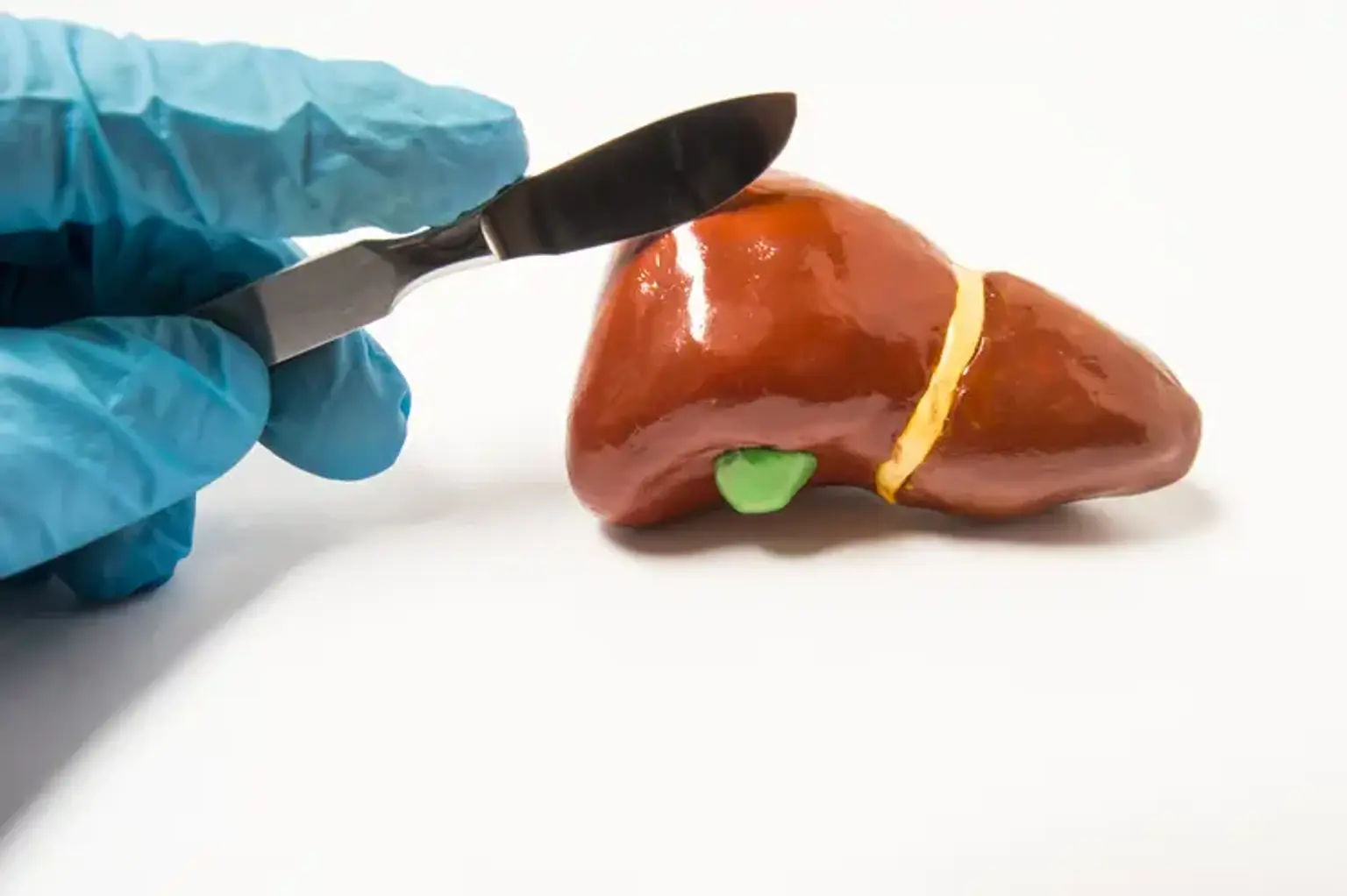Laparoscopic Liver Resection
Overview
According to the American Society of Clinical Oncology, more than 42,000 Americans will be diagnosed with primary liver cancer (cancers that begin in the liver) in 2021, with more than 30,000 likely to die. Men are around three times as likely than women to be diagnosed with this condition.
If cancer is discovered in your liver, your doctor may advise you to have the affected organ removed. This treatment, known as a liver resection or partial hepatectomy, frequently prolongs the lives of patients with liver cancer.
The liver, unlike most of your other organs, may recover following surgery, even if up to 70% of it is removed. However, the rest must be healthy. It may take many weeks for regrowth to occur.
